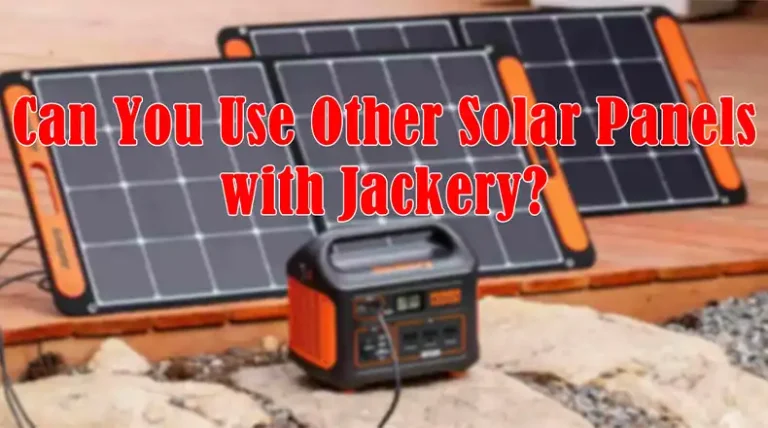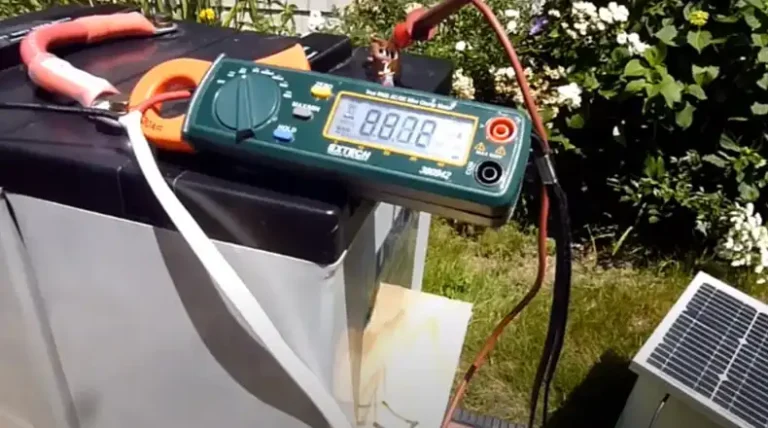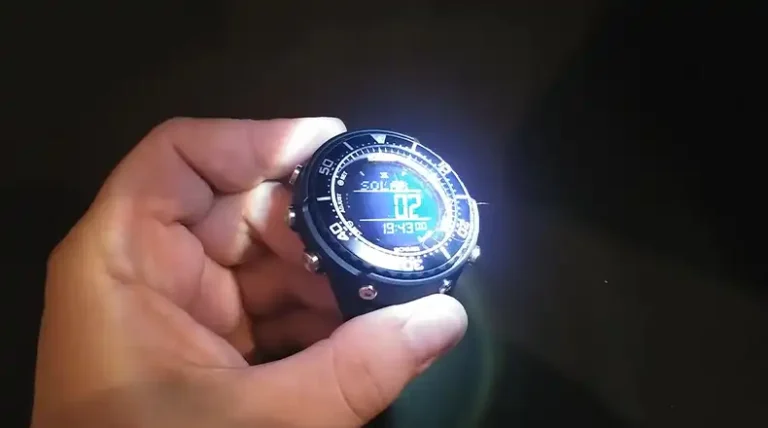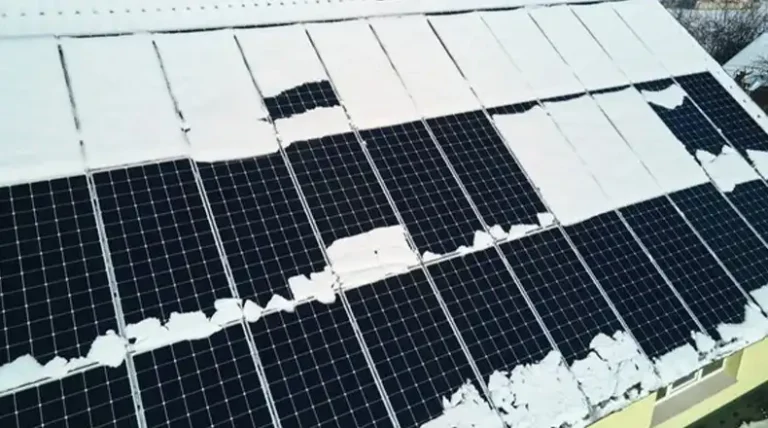ANL vs CNN Fuse | Full Comparison
If you are planning to install a solar system, you might have come across two types of high-current DC fuses that are commonly used in solar installations: ANL and CNN. These fuses are designed to protect your solar circuits from overcurrents, which can damage your equipment and cause a fire hazard. However, many people get confused about these two fuses due to their similar appearance and names. This is why I’m here to explain the key differences between ANL and CNN fuses, how to choose the right one for your solar system, and what safety precautions you need to take when using them.
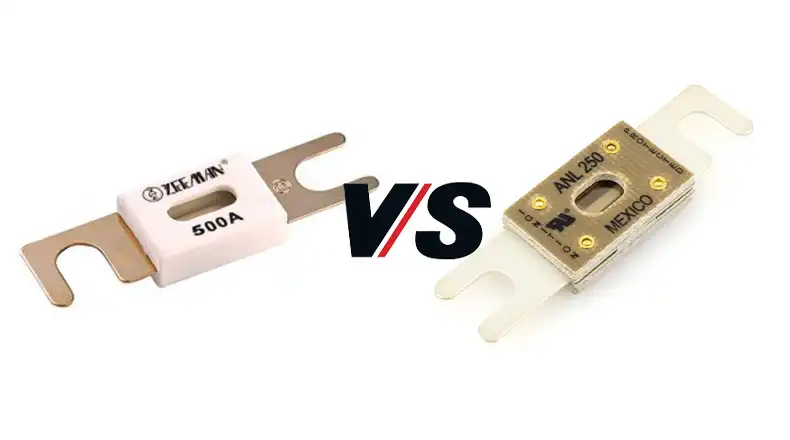
Current Rating
The first thing you need to know about ANL and CNN fuses is their current rating, which is the maximum amount of current that they can safely interrupt without blowing. The current rating is measured in amperes (A) or kiloamperes (kA), depending on the fuse type. The higher the current rating, the more powerful the fuse is.
The current rating of ANL and CNN fuses varies depending on their voltage rating, which is the maximum amount of voltage that they can withstand without blowing. The voltage rating is measured in volts (V) or kilovolts (kV), depending on the fuse type. The higher the voltage rating, the more tolerant the fuse is.
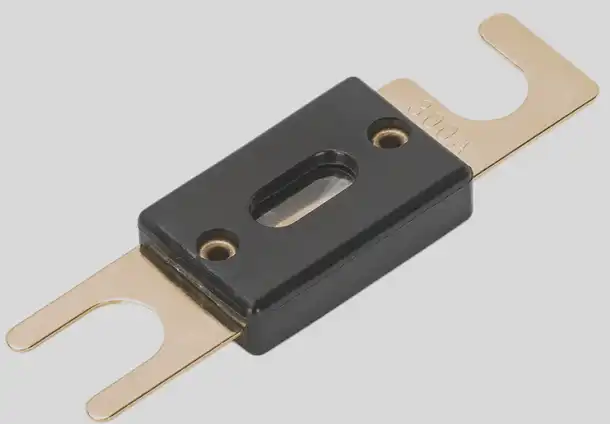
To compare the current ratings of ANL and CNN fuses, you need to look at their voltage ratings as well. For example, an ANL 400A 80V fuse has a current rating of 400 A at 80 V, while a CNN 400A 80V fuse has a current rating of 400 A at 80 V as well. However, an ANL 400A 32V fuse has a lower current rating than both of them at 32 V.
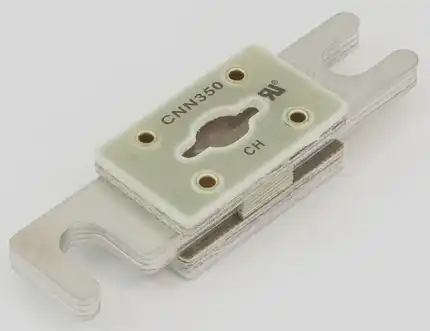
The table below shows some examples of common ANL and CNN fuses with their current ratings:
| Fuse Type | Current Rating |
| ANL | 100-800 A |
| CNN | 100-800 A |
As you can see, there is no significant difference in the current ratings of ANL and CNN fuses within each voltage range. However, there are some differences between them across different voltage ranges.
Interrupt Rating
The second thing you need to know about ANL and CNN fuses is their interrupt rating, which is the maximum amount of fault current that they can safely interrupt without blowing. Fault current is any abnormal or excessive current that flows through your solar circuit due to a short circuit or an overload condition. Fault currents can be very high and dangerous for your system.
The interrupt rating of ANL and CNN fuses depends on their arc length, which is the distance that an arc travels when a fuse blows. The arc length determines how much energy is transferred from the arc to your circuit components before it dissipates into heat.
The longer the arc length, the higher the interrupt rating of the fuse. The shorter the arc length, the lower the interrupt rating of the fuse. For example, an ANL 400A 80V fuse has a longer arc length than both CNN and ANN fuses at 80 V, while an ANN 400A 80V fuse has a shorter arc length than all three types at 80 V. However, an ANN 400A 32V fuse has a longer arc length than all three types at 32 V, while an ANN L300A 32V fuse has a shorter arc length than all three types at both voltages.
The table below shows some examples of common ANL and ANN fuses with their interrupt ratings:
| Fuse Type | Interrupt Rating |
| ANN | Up to 2 kA |
| L300 | Up to 2 kA |
| L500 | Up to 2 kA |
| L800 | Up to 2 kA |
As you can see, there are significant differences in the interrupt ratings of ANN and L300 fuses within each voltage range. However, there are some differences between them across different voltage ranges.
Cost Comparison
The third thing you need to know about ANL and CNN fuses is their cost comparison, which involves considering both their initial purchase price and their operating cost. The initial purchase price of a fuse depends on its type, size, brand, and availability. The operating cost of a fuse depends on its maintenance frequency, replacement frequency, and warranty coverage. Generally speaking, the more expensive and durable a fuse is, the lower its operating cost will be. However, you also need to consider your budget constraints and your system requirements when choosing a fuse for your solar installation.
Application Suitability
The fourth thing you need to know about ANL and CNN fuses is their application suitability, which is the best use case for each type of fuse based on their respective properties. As we have seen, ANL and CNN fuses have different current ratings, interrupt ratings, and costs, which affect their performance and safety in different solar applications.
The table below summarizes the key differences between ANL and CNN fuses for quick comparison:
| Fuse Type | Current Rating | Interrupt Rating | Cost |
| ANL | High | Low | Low |
| CNN | High | High | High |
Based on these differences, we can infer that ANL fuses are more suitable for low-voltage and low-fault-current applications, such as individual solar panels or small arrays. CNN fuses are more suitable for high-voltage and high-fault-current applications, such as large arrays or inverters.
To illustrate this, let us consider some examples of solar installations where each type of fuse would be best suited, using real-world scenarios for better understanding.
- Example 1: You have a 12 V solar panel that produces 10 A of current and connects to a 12 V battery that stores 100 Ah of charge. You want to protect your panel and battery from overcurrents and short circuits. In this case, you can use an ANL fuse with a current rating of 15 A and a voltage rating of 32 V. This fuse will be able to handle the normal current of your panel and battery, as well as any minor overcurrents that may occur. However, if a major fault occurs, such as a lightning strike or a severe short circuit, the fuse may not be able to interrupt the fault current quickly enough, and your panel and battery may be damaged. Therefore, you need to ensure that your installation is well-grounded and insulated to prevent such faults from happening.
- Example 2: You have a 48 V solar array that produces 100 A of current and connects to a 48 V inverter that converts the DC power to AC power for your home appliances. You want to protect your array and inverter from overcurrents and short circuits. In this case, you can use a CNN fuse with a current rating of 125 A and a voltage rating of 80 V. This fuse will be able to handle the normal current of your array and inverter, as well as any minor overcurrents that may occur. Moreover, if a major fault occurs, such as a lightning strike or a severe short circuit, the fuse will be able to interrupt the fault current quickly and safely, and your array and inverter will be protected. Therefore, you can enjoy the benefits of a high-power and high-voltage solar system without worrying about the risks of fault currents.
As you can see, choosing the right fuse for your solar application depends on your system specifications, such as voltage, current, and fault current. You need to match the fuse type, current rating, and voltage rating to your system requirements, ensuring optimal performance and safety.
Interchangeability
The fifth thing you need to know about ANL and CNN fuses is their interchangeability, which is the possibility of using one type of fuse instead of another without compromising the system’s functionality or safety. As we have seen, ANL and CNN fuses have similar physical dimensions, which may make them seem interchangeable. However, this is not always the case, as some factors limit their interchangeability.
The first factor is compatibility with the existing fuse holders. Fuse holders are the devices that hold the fuses in place and connect them to the circuit. Fuse holders have different sizes, shapes, and ratings, depending on the fuse type they are designed for. For example, an ANL fuse holder has a rectangular shape and a bolt-on terminal, while a CNN fuse holder has a cylindrical shape and a stud terminal. Therefore, you need to verify that the fuse holder you have is compatible with the fuse type you want to use, otherwise, you may not be able to install the fuse properly or securely.
The second factor is the suitability for the specific system requirements. As we have seen, ANL and CNN fuses have different current ratings, interrupt ratings, and costs, which affect their performance and safety in different solar applications. Therefore, you need to verify that the fuse type you want to use meets the system requirements, otherwise, you may compromise the system functionality or safety.
For example, if you have a low-voltage and low-fault-current system that uses an ANL fuse, you may be tempted to replace it with a CNN fuse of the same current rating and voltage rating, assuming that they are interchangeable. However, this may not be a good idea, as you may end up paying more for a fuse that you do not need, and you may also face compatibility issues with the fuse holder. On the other hand, if you have a high-voltage and high-fault-current system that uses a CNN fuse, you may be tempted to replace it with an ANL fuse of the same current rating and voltage rating, assuming that they are interchangeable. However, this may be a very bad idea, as you may end up using a fuse that is not adequate for your system, and you may expose your system to the risk of fault currents that the fuse cannot handle.
Therefore, you need to be careful when choosing a fuse type for your solar system, and avoid using one type instead of another without verifying their compatibility and suitability.
Overall Differences Between ANL and CNN
The following table provides a comprehensive difference table mentioning all the differences between ANL and CNN:
| Fuse Type | Current Rating | Interrupt Rating | Cost | Application Suitability | Interchangeability |
| ANL | High | Low | Low | Low-voltage and low-fault-current applications | Limited by compatibility and suitability |
| CNN | High | High | High | High-voltage and high-fault-current applications | Limited by compatibility and suitability |
Safety Precautions
The last thing you need to know about ANL and CNN fuses is the safety precautions you need to take when using them. Fuses are essential devices for protecting your solar system from overcurrents and short circuits, but they also pose some potential hazards if not used properly. Therefore, you need to follow some tips for safe fuse selection, installation, and maintenance in solar applications, such as:
1. Always use the right fuse type, current rating, and voltage rating for your system, based on your system specifications and manufacturer recommendations.
2. Always use compatible fuse holders for your fuse type, and ensure that they are securely mounted and connected to the circuit.
3. Always disconnect the power source before installing or replacing a fuse, and wear protective gloves and eyewear to avoid electric shocks and burns.
4. Always inspect the fuse for any signs of damage, corrosion, or overheating, and replace it if necessary.
5. Always dispose of the blown or damaged fuses properly, and avoid touching the metal parts or the arc residue, as they may be hot or toxic.
6. Always consult with a qualified electrician for expert advice on choosing the right fuse and ensuring safe system operation.
How to Choose the Right Fuse for Your Solar System?
Choosing the right fuse for your solar system is a critical step to ensure optimal performance and safety. Consider the following factors when making your selection:
Voltage and Current Ratings – Assess the voltage and current requirements of your solar system. Match the fuse’s voltage rating with the maximum voltage your system can handle without compromising safety. Similarly, choose a current rating that aligns with the expected current flow in your circuits.
Interrupt Rating – Evaluate the interrupt rating of the fuse, which indicates its ability to safely handle fault currents. Ensure the chosen fuse can promptly interrupt any abnormal current flow, preventing damage to your solar components and mitigating potential safety hazards.
Cost Analysis – Compare the initial purchase price and operating costs of different fuse options. While it’s tempting to opt for a lower-cost solution, consider the long-term operating expenses, such as maintenance frequency and replacement costs. A slightly more expensive, durable fuse may result in lower overall operating expenses.
Application Suitability: Based on the current and interrupt ratings, determine whether the fuse is suitable for your specific solar application. ANL fuses may be more appropriate for low-voltage and low-fault-current scenarios, while CNN fuses excel in high-voltage and high-fault-current applications.
How to Install a Fuse in a Solar System?
Installing a fuse in your solar system requires careful attention to ensure a secure and reliable connection. Follow these steps for a safe installation:
Step 1: Begin by turning off the power source to the solar system. This step is crucial to prevent electric shocks during the installation process.
Step 2: Select a fuse holder that is compatible with the chosen fuse type. Consider factors such as the shape and terminal type of the holder to ensure a proper fit.
Step 3: Install the fuse securely within the chosen holder, ensuring it is firmly mounted and connected to the circuit. A loose or improperly installed fuse can lead to electrical issues and compromise safety.
Step 4: Double-check all connections to ensure they are tight and secure. This step is essential for preventing potential heat buildup or electrical arcing that could damage the fuse or other components.
How to Replace a Fuse in a Solar System?
Replacing a fuse in your solar system is a straightforward process if done carefully. Follow these steps for a safe and effective replacement:
Step 1: Always disconnect the power source before attempting to replace a fuse. This ensures your safety during the replacement process.
Step 2: Before removing the old fuse, inspect it for signs of damage, corrosion, or overheating. If any issues are identified, replace the fuse promptly to prevent further damage to the solar system components.
Step 3: Dispose of the blown or damaged fuse according to proper procedures. Avoid touching any hot or toxic parts, as they may pose safety risks. Follow local guidelines for environmentally responsible disposal.
Step 4: Install the new fuse securely in the designated holder, making sure it is properly seated and connected. Confirm that the replacement fuse matches the specifications of the original fuse.
By following these guidelines, you can ensure a safe and effective installation or replacement of fuses in your solar system, contributing to the longevity and reliability of your solar installation.
Conclusion
In summary, ANL and CNN fuses are commonly used in solar setups, though they look alike, they differ in current and interrupt ratings, and costs. Picking the right fuse matters for safety and efficiency based on your system needs. Check if the fuse type matches, avoid swapping without checking, and follow safety steps like using the correct fuse type, disconnecting power during changes, and consulting an expert. Choosing the right fuse isn’t easy but is vital. By following these guidelines, you can make a smart choice for a safe and effective solar system. Take care!

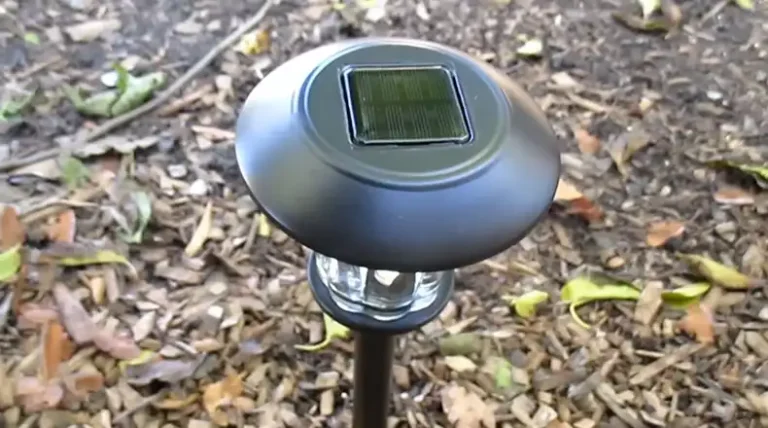
![[Explored] What Are the Drawbacks to Solar Tube Lighting?](https://www.itekenergy.com/wp-content/uploads/2023/07/What-Are-the-Drawbacks-to-Solar-Tube-Lighting-768x428.webp)
